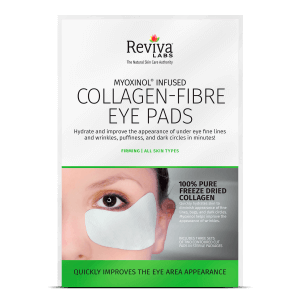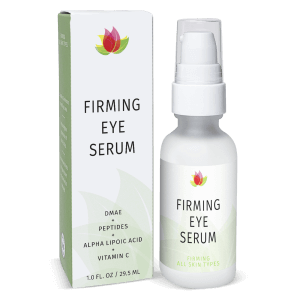Ingredients, Natural, Reviva Labs, Skin Care
What Causes Droopy Eyelids? Understanding the Underlying Factors
Droopy eyelids, medically known as ptosis, can affect anyone at any stage of life, leading to not just cosmetic concerns but also potentially impacting vision. This condition, where the upper eyelid falls to a lower position than normal, can be either present at birth (congenital ptosis) or develop later in life (acquired ptosis). The reasons behind droopy eyelids are varied, encompassing both natural aging processes and more specific medical conditions. In this examination of ptosis, we’ll dig into the various causes, shedding light on why it occurs and how it affects those who experience it.
The Natural Aging Process
One of the most common causes of droopy eyelids is the natural aging process. As we age, our skin loses elasticity, and the muscles that support our eyelids can weaken. This combination can lead to the upper eyelids sagging. Additionally, the fat around the eye area, which helps support the eyelids, can also diminish over time, or become herniated, contributing further to the appearance of droopy eyelids. This aspect of aging is a natural, albeit often unwelcome, part of growing older, affecting a significant portion of the elderly population.
Genetic Factors and Congenital Conditions
Some individuals are born with droopy eyelids, a condition that is often the result of genetic factors. Congenital ptosis can occur when the muscle responsible for lifting the eyelid, known as the levator muscle, does not develop properly. This can affect one or both eyes and varies in severity. In some cases, congenital ptosis may be associated with other eye-related conditions or syndromes, necessitating comprehensive care from a young age to ensure proper vision development and to address cosmetic concerns.
Medical Conditions and Health Issues
Beyond aging and genetics, various medical conditions can lead to droopy eyelids. Neurological conditions that affect the nerves or muscles of the eye, such as myasthenia gravis, can cause ptosis. Similarly, conditions like diabetes or a stroke can impact the muscles around the eyes, leading to droopy eyelids. In some instances, an injury to the eye or eyelid, or complications from eye surgery, can also result in ptosis. These conditions highlight the complexity of causes behind droopy eyelids, emphasizing the importance of a thorough medical evaluation for proper diagnosis and treatment.
Lifestyle Factors and External Influences
While not as commonly discussed, certain lifestyle factors and external influences can contribute to the development of droopy eyelids. Long-term exposure to sunlight without adequate protection can damage the skin and muscles around the eyes, leading to sagging over time. Similarly, smoking has been linked to premature aging of the skin, including the delicate area around the eyes. Even habitual facial expressions, over time, can influence the elasticity and strength of the eyelid muscles. These factors underscore the importance of a holistic approach to eye health, incorporating protective measures and healthy habits.
Treatment and Management of Droopy Eyelids
The approach to treating droopy eyelids varies widely, depending on the underlying cause. For those cases related to aging or lifestyle, cosmetic procedures such as blepharoplasty (eyelid surgery) can offer a solution to restore the eyelid’s appearance and function. In situations where ptosis is caused by medical conditions, addressing the root cause is paramount, which may involve medical therapy or surgery. Non-surgical options, including specific exercises or the use of special glasses that hold the eyelid up, can provide relief in some cases.
Prevention and Early Intervention
While not all causes of droopy eyelids can be prevented, certain measures can help minimize the risk. Protecting the eyes from excessive sun exposure, maintaining a healthy lifestyle, and avoiding smoking can contribute to the overall health of the skin and muscles around the eyes. Early intervention, particularly in cases of congenital ptosis or when ptosis develops due to a medical condition, is crucial. Regular eye exams can help detect changes in eyelid position or function early on, allowing for timely treatment and management.
The Psychological Impact of Droopy Eyelids
Beyond the physical implications, droopy eyelids can have a significant psychological impact on individuals. The change in appearance can affect self-esteem and confidence, and in severe cases, the reduced field of vision can lead to challenges in daily activities. Addressing these concerns through medical or cosmetic interventions can have a profound effect on an individual’s quality of life, emphasizing the importance of a compassionate and comprehensive approach to treatment.
Understanding the Underlying Factors
Droopy eyelids are a common condition with a wide range of causes, from the inevitable process of aging to specific medical conditions and lifestyle factors. Understanding these underlying factors is the first step in addressing the condition, whether through preventative measures, medical treatment, or cosmetic procedures. It’s essential for individuals experiencing ptosis to seek professional advice to determine the most appropriate course of action for their specific situation. With the right approach, the effects of droopy eyelids can be managed or even reversed, helping individuals regain not just their appearance but also their vision and quality of life.












